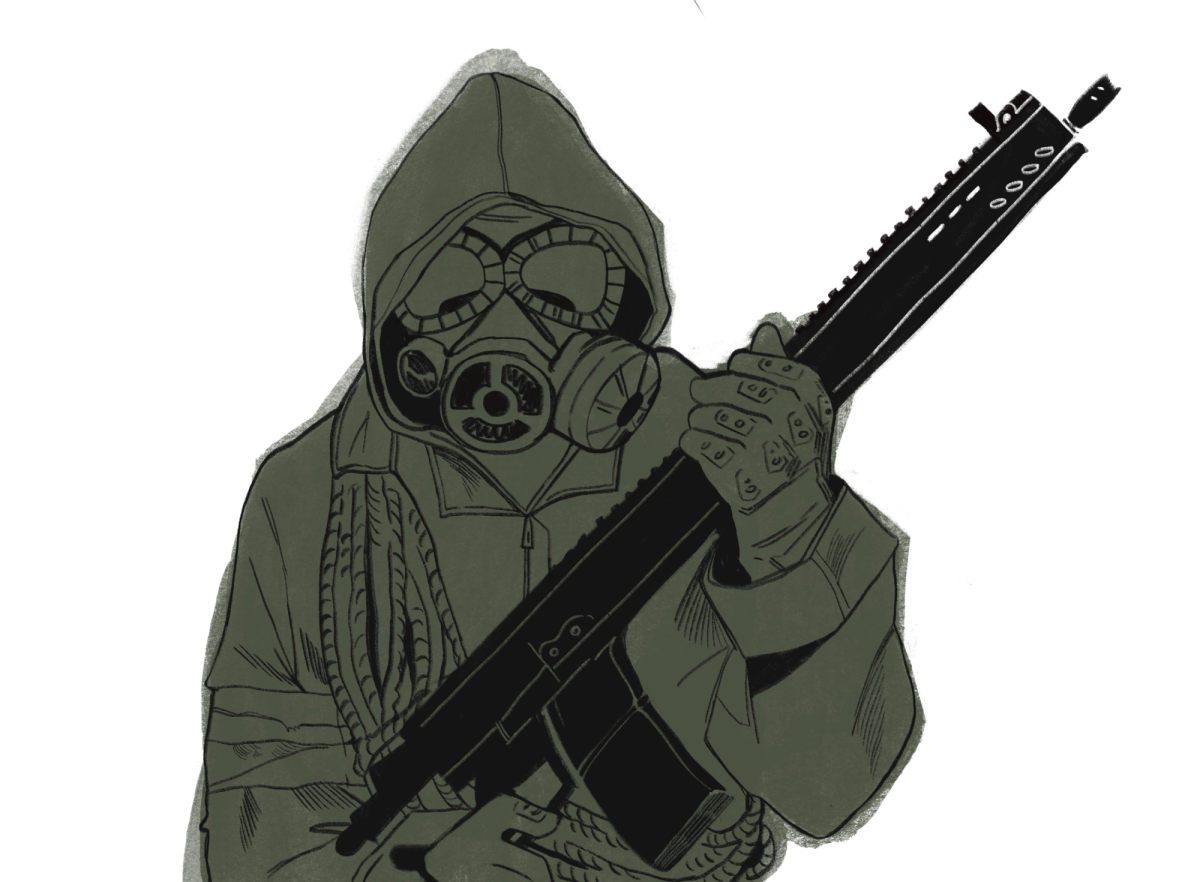While the initial upset to the findings on Whitman’s economic diversity have died down, sophomore Maia Watkins has recently installed an art piece in the Fouts Center for the Visual Arts. Installed last weekend, the art piece consists of 32 student portraits hanging next to each participant’s statement on economic diversity on campus.

Watkins is an art major and saw this project as her way to be involved with discussions on campus following the publication of the New York Times and Awl articles. She was inspired in part by senior Tyle Schuh’s activist art on alumni weekend. Following the installation, Schuh encouraged students to wear dollar signs on their foreheads. Watkins participated in this but felt unfulfilled.
“Nobody said anything to me about it,” she said. “There was no dialogue, and I wanted to open dialogue in a safe space.”
Watkins decided to use her major and passion, art, to open a dialogue. She has the most experience in photography, and while she has done portrait photography in the past, this experience was different.
“With senior portraits, it’s a different connection than with something people are passionate about,” she said. “It’s more personal than anything I’ve ever done.”
To recruit participants, Watkins turned to the Internet. She created a Facebook event and invited everyone she knew at Whitman. She sent emails to a couple listservs. To reach outside the people she knew, Watkins asked friends to invite people on Facebook and to send emails as well. Ultimately, the participants were mostly friends along with a few other students.
“A few people I had never seen came. That was nice, getting to know a little about them,” she said.
After inviting people to participate, Watkins set up in the drawing studio in Fouts for a weekend. The Facebook event and emails instructed people to drop by to have their portrait taken. To collect the corresponding statements on diversity, Watkins gave participants the option of recording them on the spot or emailing them to her. After collecting the portraits and statements, Watkins printed everything and installed them in the gallery. The installation will remain in the gallery through parents’ weekend.
The next steps are to add finishing touches to the gallery and to put the portraits online. At first, Watkins was hesitant to add a title and artists statement to her piece, but she has realized this will tie the work together.

“I didn’t want to put my voice above others,” she said.
Putting the portraits online is part of Watkins’ focus of using art as a way to continue the dialogue.
“It’s so easy to share online,” she said. “I think the portrait makes it easier [for participants] to share.”
In addition to making her art visible online, Watkins is hoping to make the physical installation visible to the trustees. Her advisor, Senior Adjunct Professor of Art Charly Bloomquist, suggested installing the piece before the trustees arrived on campus. She is hoping they will stop by Fouts, one of the more noticeable buildings on campus.
Aside from putting the pieces online, Watkins has no other current plans with how to keep generating dialogue on campus.
“In order for change, momentum has to stay,” she said. “I’m not quite sure how to do that.”










